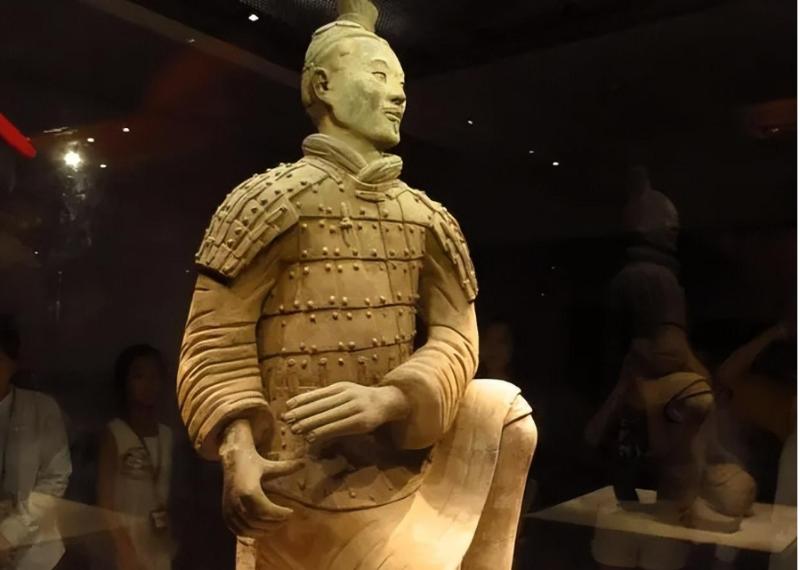
What's the Story Behind the Terracotta Army?
The terra-cotta army, as it is known, is part of an elaborate mausoleum created to accompany the first emperor of China into the afterlife, according to archaeologists.
The First Emperor of China
The Terracotta Army stands guard over the tomb of Qin Shi Huang, the first emperor of a unified China. Born Ying Zheng, he ascended the throne of the Qin state at the age of 13 in 246 BC. A ruthless and ambitious ruler, he conquered the six other warring states of China, uniting them under his rule by 221 BC. He declared himself Qin Shi Huang, meaning "First Emperor of Qin."
A Vision of Eternity
Qin Shi Huang was obsessed with immortality and sought to rule forever. He believed in an afterlife that mirrored the earthly realm and envisioned his tomb as a vast necropolis reflecting his earthly power and glory. He wanted to be surrounded by everything he would need for the afterlife, including armies, officials, entertainers, and concubines.
Construction of the Mausoleum
Construction on the emperor's mausoleum began soon after he ascended the throne and continued for nearly four decades, involving hundreds of thousands of laborers. The complex is enormous, covering an area of over 50 square kilometers (20 square miles). The central tomb, where the emperor is buried, remains unexcavated.
The Terracotta Army: An Army for the Afterlife
The most famous feature of the mausoleum is undoubtedly the Terracotta Army. Arranged in battle formation in three vast pits east of the emperor's tomb, the army consists of over 8,000 life-sized terracotta figures of soldiers, horses, and chariots.
Uniqueness and Craftsmanship
The figures are incredibly lifelike and detailed, each with unique facial features, hairstyles, and armor, showcasing the skill of the Qin artisans. They were originally painted in bright colors, traces of which remain today, giving us a glimpse into the vibrant appearance they would have had in antiquity.
Purpose and Significance
The Terracotta Army served a symbolic purpose. They were meant to protect the emperor in the afterlife and ensure his continued power and dominance in the next world. Their sheer number and lifelike appearance were intended to awe and intimidate any potential threats.
Discovery and Legacy
The Terracotta Army lay forgotten for over two millennia until its accidental discovery in 1974 by farmers digging a well. The discovery stunned the world and provided invaluable insights into the Qin dynasty and ancient Chinese civilization.
A Window into the Past
The Terracotta Army offers a captivating glimpse into the military organization, weaponry, and artistic achievements of the Qin Dynasty. The figures' diverse ranks and attire provide valuable information about the hierarchy and equipment of the Qin army.
A World Heritage Site
The Mausoleum of the First Qin Emperor, including the Terracotta Army, was designated a UNESCO World Heritage Site in 1987, recognizing its outstanding universal value and contribution to human history and culture.
FAQs
Why hasn't the tomb of Qin Shi Huang been excavated?
The main tomb remains unexcavated due to concerns about preserving the site and its artifacts. The technology to safely excavate the tomb without damaging its contents is still under development.
What happened to the colors on the Terracotta Army?
The paint on the figures was exposed to air and moisture when the pits were opened, causing it to flake off rapidly. Conservation efforts are ongoing to preserve the remaining traces of paint.
Are there any female warriors in the Terracotta Army?
While the vast majority of figures are male warriors, some scholars speculate that certain figures with less masculine features might represent female soldiers. However, no conclusive evidence supports this theory.